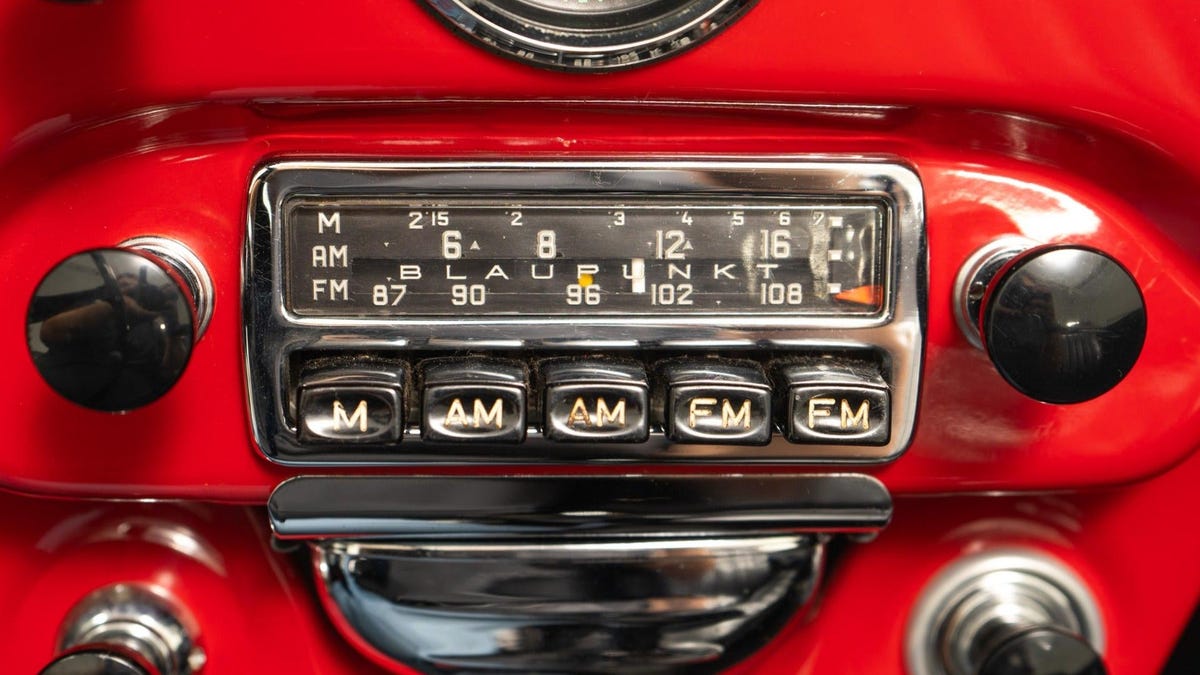Many automakers have already begun to remove AM radio from the list of options available in new cars. We live in a supply and demand world, and nobody is demanding AM radio in their cars, so it’s going away. Not to mention the difficulty and expense necessary to reduce and shield interference from high voltage electrical systems in hybrid and battery electric vehicles enough to allow AM radios to even function in new vehicles. A bill recently passed committee vote in the U.S. House of Representatives, however, that would mandate all new cars be delivered with AM radios installed.
AM radio advocates say that having amplitude modulation bands in vehicles is imperative for the safety of the nation and its citizens, in the case of a weather emergency. Others, like Erik Shilling did last year, argue that AM is important as a cultural touchstone, being the home for terrestrial baseball broadcasts.
But it’s 2024, and I haven’t listened to a terrestrial radio station of any form for at least a decade, and haven’t listened to an AM band station in my entire life. A full 97 percent of Americans have cell phones, and the vast majority of those are smartphones. If you want to broadcast an emergency to the American people, it’s far easier and more effective to do it by phone. I’ve lived in the path of tornadoes and wild fires, and I haven’t once turned on an AM radio to figure out my next emergency move.
Regardless of how I feel, the AM Radio for Every Vehicle Act marches forward. Once it is passed by the House, it’ll be sent to the Senate before landing on the desk of the president. If that happens, all automakers will be compelled to include AM radios in new vehicles by the Department of Transportation.
According to Automotive News, the only lawmaker to oppose the bill during the vote was Republican U.S. Rep. John James of Shelby Township.
“I feel like I’m taking crazy pills,” James said. “We’re putting an unfunded, unnecessary mandate for a problem that doesn’t exist. This is exactly why people hate Washington.”
The Center for Automotive Research concluded in 2023 that the proposed law would cost automakers an additional 3.8 billion dollars between now and 2030. It stands to reason that those automakers would pass the cost along to the end consumer, continuing the steady march of increased vehicle prices and making cars ever more expensive.
Baseball isn’t even that good, man.

